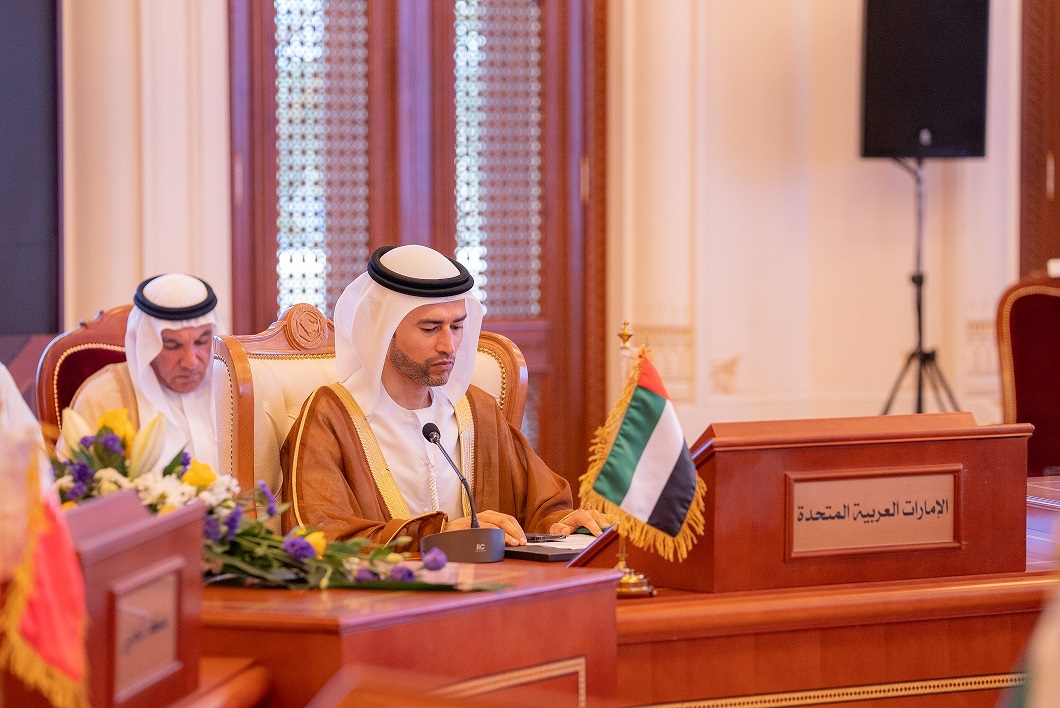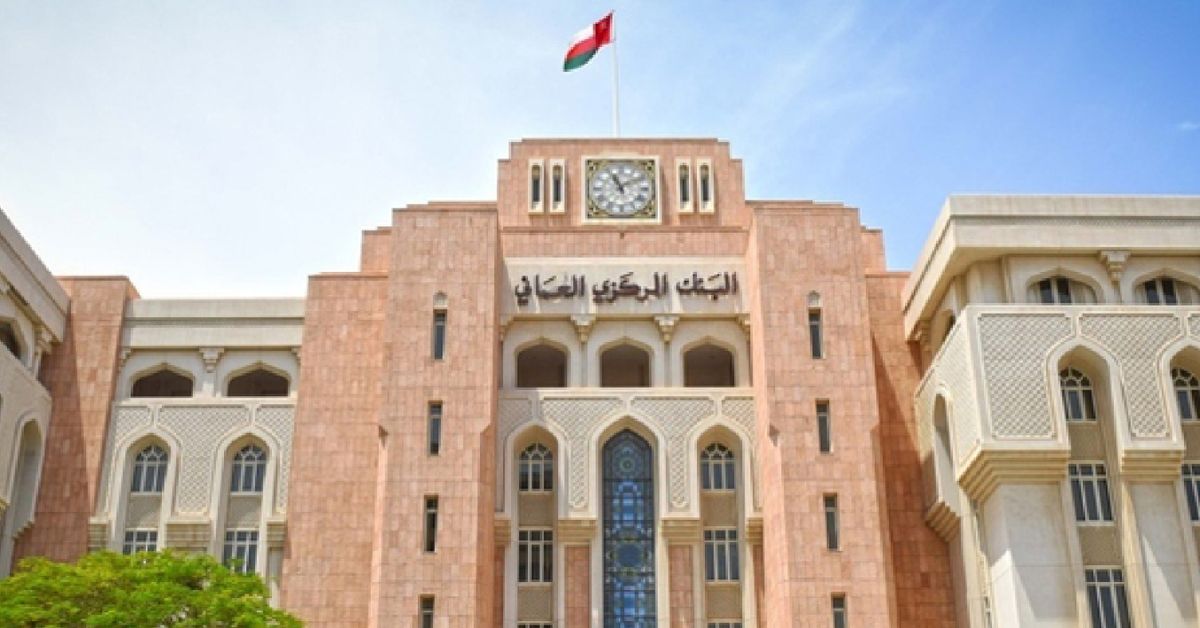KUWAIT CITY – The GCC countries experienced continued growth in lending activity during Q4 2022, leading to an increase in loan books at the end of the quarter, said a Kuwait-based expert.
“Demand for credit facilities increased across the GCC during Q1 2023 compared to Q4 2022, except in Qatar, where it declined marginally by 0.1 percent,” Junaid Ansari, Director of Investment Strategy and Research at Kamco Invest, told TRENDS.
According to the central bank data, Qatari banks witnessed the strongest lending growth during Q4 2022, while Bahraini and UAE banks experienced a slight decline.
Also Read Top 10 Saudi banks experience slow profit growth in Q1
Listed banks’ data, as reported by Kamco Invest, also showed growth, with the aggregate GCC gross loans reaching a new record of $1.87 trillion. This represents a robust increase of 3.2 percent ($57.5 billion) during the quarter. However, outstanding net loans saw a slightly smaller growth of 2.8 percent due to elevated provisions made during Q4 2022.
In terms of q-o-q increases, Saudi Arabian banks witnessed the biggest growth at 2.6 percent, followed by Bahrain and Oman at 2.2 percent and 2.1 percent, respectively. However, data for the UAE was available only until February 2023, showing a growth of 1.6 percent during the first two months of the year.
According to Mazen Salhab, Chief Market Strategist at BD Swiss, banks in the GCC continue to offer retail and corporate loans and mortgages despite the global economic crisis and high-interest rates. “Lending was always a part of the growth in the GCC in general,” Salhab told TRENDS.
Salhab highlighted the growing momentum of mortgages in the last two or three years, particularly in the UAE, driven by the real estate sector’s strong growth post-COVID-19.
“I believe mortgages have gained momentum in the last two or three years, primarily following COVID-19, particularly in the UAE, because we are currently seeing very good growth percentages in mortgages and the real estate sector in general,” he said.
Salhab said that banks in the GCC are benefiting from higher rates and loans. They pass on higher bank rates to customers, resulting in increased net interest income in 2022 and 2023.
He pointed out that this higher interest rate environment is favorable for banks in general and has contributed to strong profits in the first quarter of this year.

“Yes, they are still doing lending business,” Salhab said. “And I think higher interest rate is good for banks in general because right now what we see in GCC banks is that the first quarter of this year was really good in terms of profits because they have higher rates, and it was a very good formula for them.”
The exposure of GCC banks to non-performing loans (NPLs) has improved in recent years, although some concerns remain. The average NPL ratio for GCC banks decreased to 2.3 percent in 2022 from 3.2 percent in 2021. However, there is variation across countries, with the UAE and Oman having the highest NPL ratios.
Salhab attributes the higher NPL percentage in the UAE to the expansion of the banking business in 2022 and the government’s significant support for the economy since the start of the pandemic. Despite this, the NPL ratio remains relatively low.
“In general, GCC countries have one of the highest growth rates in the world, so I believe they are currently living in the Golden Age.” Governments are the most powerful part of this growth because they heavily invested in banks and their structure, which was very good for them. So, if GCC banks, for example, require funds or assistance, governments are ready to assist. It is also worth noting that many good banks exist, and GCC governments own a significant stake in these institutions either directly or indirectly”.
Ansari, meanwhile, said bad loans on GCC bank books increased q-o-q to around US$ 90 billion but remained significantly lower than pre-pandemic levels of more than US$100 billion.
The UAE leads the list of NPLs with a percentage of nearly 6.4 percent in the fourth quarter of 2022. Saudi Arabia was almost 1.8 in 20/22. It was 1.4 in Kuwait and nearly 2.2 in Qatar.
So, why is the UAE’s percentage higher? According to Salhab, this is due to the UAE’s very good expansion in the banking business in 2022 and the government’s support for the economy by billions of dollars since the pandemic began in 2020. However, the good thing is that it remains at a low percentage.
“When we consider the abilities and total assets, we can see that the banks are in a very good position right now,” he said.
Various factors have contributed to the improvement of NPL ratios in the GCC. Strong economic growth has reduced the number of borrowers struggling to repay their loans. Additionally, GCC banks have enhanced their risk management practices, bolstered their capital buffers, and faced regulatory reforms that make lending to risky borrowers more challenging.








